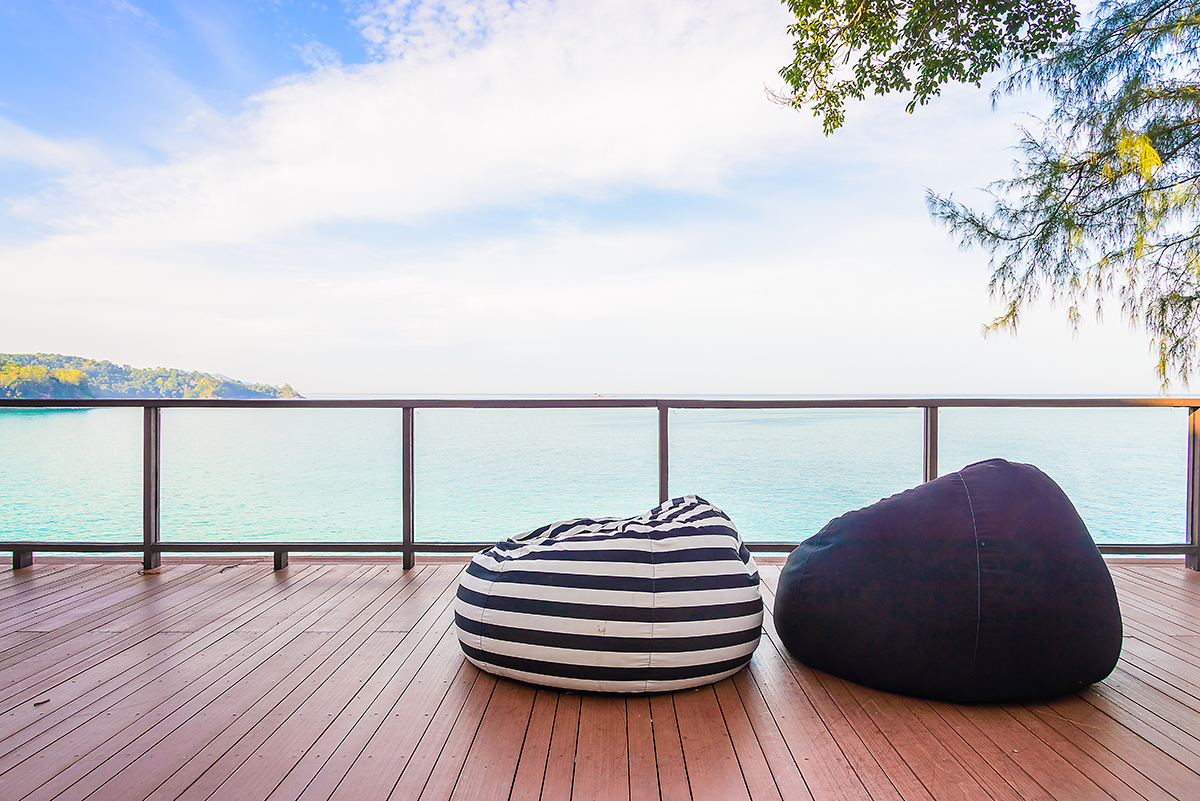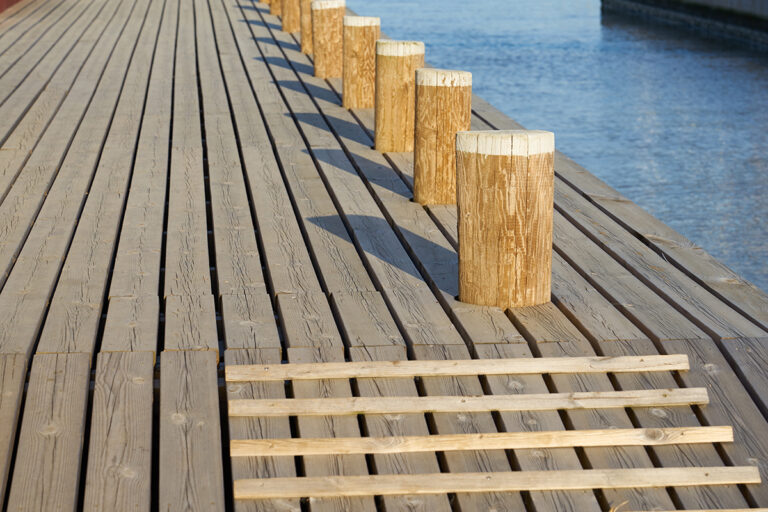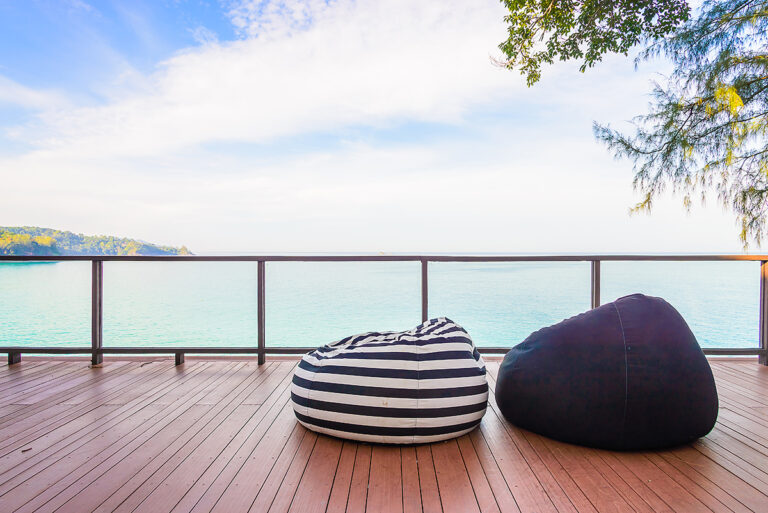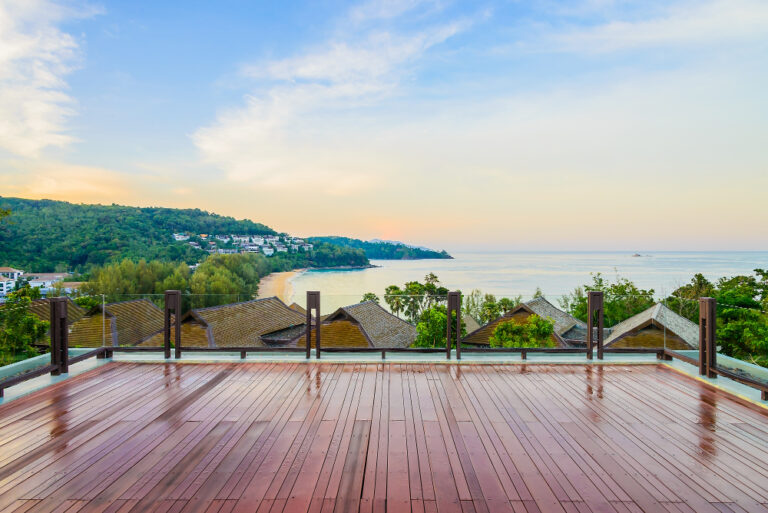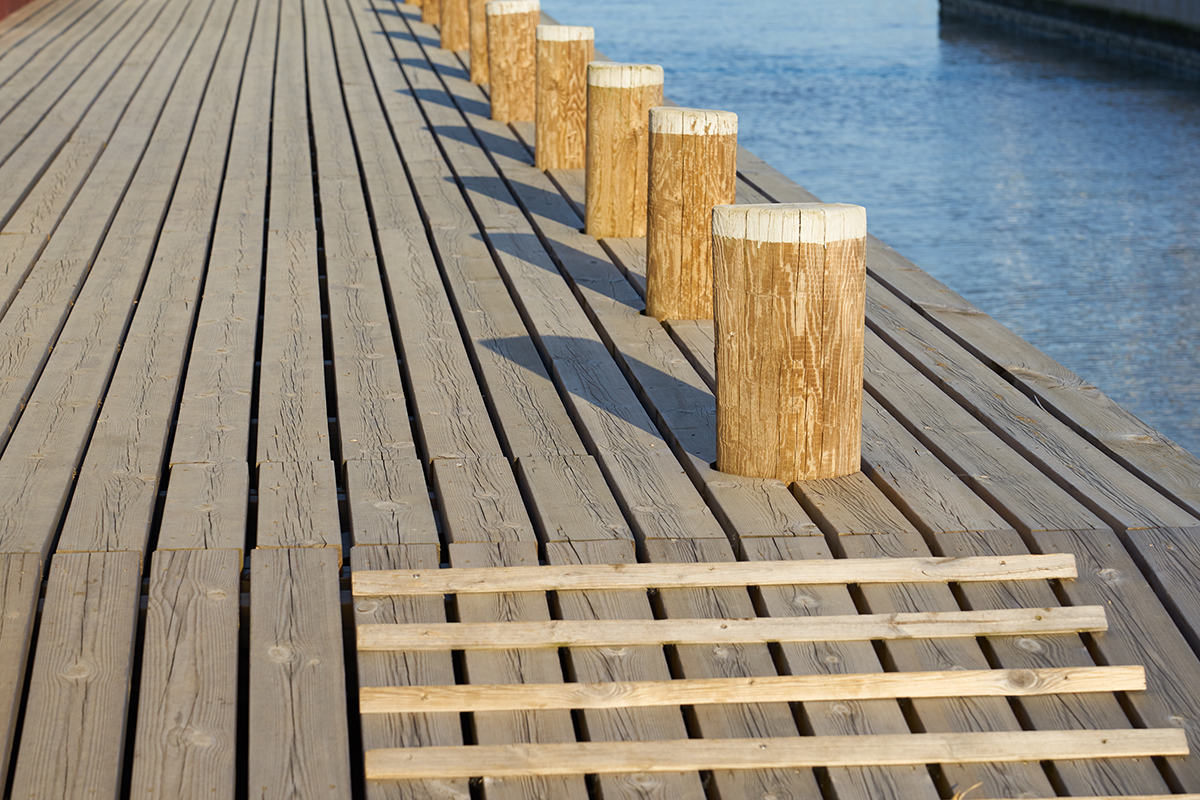
From Tanning Leather to Building Boardwalks

The development of wood construction has been characterized by innovation, adaptation, and the never-ending search for improvement in human history. The progression of these centuries-old industries, from the modest beginnings of tanning preserving leather to the elaborate creative design of boardwalks, is a testament to human creativity.
Decay caused by rapid swings in ph from acid to alkali coupled with swings in water temperature from hot to cold required during the leather tanning process demonstrated the incredible durability of various naturally durable wood species when exposed to the harshest environments.
Since the early 19th century, the Army Corps of Engineers has played historic role in shaping infrastructure from bridge building to coastal shoreline restoration and reconstruction. The Army Corps of Engineers took the lead role in material selection for the reconstruction of wooden boardwalks on the east coast of the United States.
Boardwalk Construction: Opening the Door for Advancement
Naturally durable wood products continue to expand into the world of Biophilic design. Wooden boardwalks are yet another application that ties us as people to natural things. Softer, more silent, cooler to the touch, wood products bind us to a more natural experience.
Beyond conventional materials like leather, craftsmanship has evolved in the field of construction, where the creation of boardwalks is a monument to the adaptability and resilience of people.
Boardwalks had practical uses in the past, offering a sturdy route across difficult terrain. The increasing popularity of seaside resorts prompted cities along the US East Coast to start building boardwalks in the 19th century.
Marine construction had historically witnessed the use of Greenheart for large timbers and pilings. Still, its instability and tendency for heavy checking have prevented it from being widely used in the United States as a commercial decking timber. So, what is the alternative to Greenheart?
At the time, we were already importing Jarrah for the fabrication of wooden tanning drums. This eventually pushed us to set up a 2 by 4 Jarrah test strip on the well-known Boardwalk in Atlantic City. A decade later, the Jarrah wood remained essentially undamaged by rot, salt, and wear, whereas everything else, including plastic composites, fibreglass, and other wood treatment methods, had failed.
Originally in use was CCA pressure-treated pine, but due to its short 5-year life cycle, susceptibility to leach chemicals, and reputation for vicious splinters, the material specification was dropped. This paved the way for the re-decking of the Atlantic City Boardwalk, in addition to various others.
The Use of Sustainable Materials
Since environmental issues are so important, modern construction materials are carefully chosen with the environment in mind. If wood is sourced ethically, it’s one of the most environmentally friendly building materials available. Unlike non-renewable materials, wood is a resource that can be harvested and regrown, enhancing the overall health of ecosystems and forests.
Moreover, wood is an environmentally beneficial material due to its ability to sequester carbon. Trees store carbon in their fibres as they grow because they take up carbon dioxide from the atmosphere. This carbon is locked in the wood when it is harvested, lowering a project’s total carbon footprint.
Conclusion
From the humble beginnings of tanning leather to the grandeur of modern boardwalks, wood has come a long way in the construction business. Owing to its durability, adaptability, and aesthetic appeal, wood has always been considered a top building material and now its time tested for use in both commercial and residential decking applications.
Over the past 43 years, I’ve been engaged in almost every significant boardwalk-building project in the United States. Over time, other species such as Ekki, Ipe, Cumaru wood, and Purple Heart have been and continue to be employed. And now we’re starting to launch more sophisticated advanced wood technology options, which can be the topic of discussion for later.
We are just now, over 40 years later, that we are beginning to see some maintenance replacements of early installations. Consequently, it has been realized that naturally durable hardwoods are eight times more successful in enhancing the service life of commercial boardwalk decking verses alternate treated wood decking materials building materials, lowering the labour required for replacement by eightfold.
At Tropical Forest Products, we celebrate the timeless beauty and utility of wood, a material that has weathered the test of time and continues to bridge the gap between our past and future. Get in touch with us to learn more!

About the Author
Meet Brian Lotz, General Manager of US Operations, Technical and Environmental Compliance Director for Tropical Forest Products and industry Influencer. With over 40 years of experience in the exotic hardwood business, Brian brings a wealth of knowledge that enhances the company’s commitment to sustainability within the imported and domestic hardwood industry. Brian was responsible for spearheading the 38th FSC Chain of Custody Certification for his company in North America, the Fields to Forests Tropical Reforestation Program and the TFP Legal Lumber “Due Care” Compliance Program. As we explore the impact of super-durable tropical hardwoods on multiple industries, Brian’s insight offers a unique lens, underscoring the harmonious interplay between skillful artisanship, biophilic design and sustainable ethos.

Receive The Latest News
Subscribe To Our Weekly Newsletter

- OUR LOCATIONS
- CONTACT US
- SIGN UP
Stay informed about the latest offers, products and sales
- FIND US
- CONTACT US
- SIGN UP

